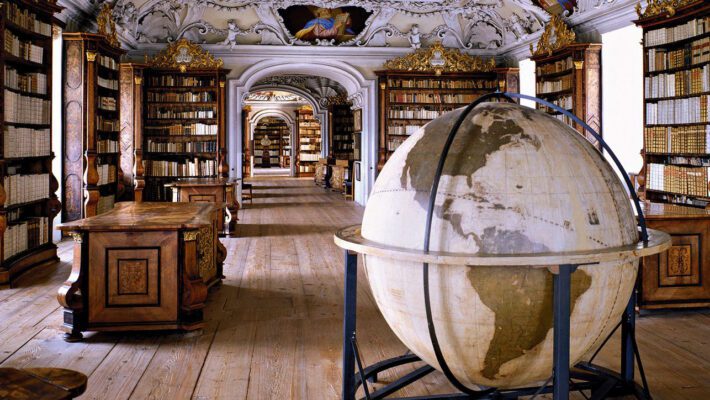World globes have a rich and fascinating history that spans centuries. From the ancient civilizations to modern times, the development and evolution of globes have reflected humanity’s evolving understanding of the world. In this comprehensive guide, we will take a journey through time, exploring the milestones, innovations, and cultural significance of world globes throughout history.

Early Beginnings:
The origins of globes can be traced back to ancient civilizations such as the Greeks, Romans, and Chinese. The Greeks, notably philosophers like Pythagoras and Aristotle, proposed that the Earth was a sphere. The earliest surviving globes were created by the Greeks, with the famous celestial globe of Crates of Mallus being one of the earliest examples.
Islamic Contributions:
During the Islamic Golden Age (8th to 14th centuries), scholars and cartographers made significant contributions to the field of globe-making. Islamic astronomers developed intricate celestial globes, accurately depicting the positions of stars and celestial bodies. These globes were made with precision and artistic beauty, reflecting the Islamic world’s deep interest in astronomy and geography.
Renaissance and the Age of Discovery:
The Renaissance period witnessed a resurgence of interest in science, exploration, and cartography. This led to advancements in globe-making. Notable figures such as Gerardus Mercator and Martin Waldseemüller created globes that reflected the expanding knowledge of the world during the Age of Discovery. These globes incorporated new geographical information obtained through explorations of previously unknown lands.
Enlightenment and Scientific
Accuracy: In the 17th and 18th centuries, the Enlightenment brought about a shift towards scientific accuracy in globe-making. Cartographers like Vincenzo Coronelli and Johann Gabriel Doppelmayr created globes that aimed to represent the Earth’s surface more accurately. These globes incorporated the latest geographic discoveries and advancements in cartographic techniques.
Industrial Revolution and Mass Production:
The Industrial Revolution in the 19th century revolutionized globe production. Advances in printing, manufacturing, and transportation made globes more accessible and affordable. Companies like Rand McNally (no longer making globes) and Replogle Globes played significant roles in mass-producing globes for educational and decorative purposes. These globes became popular in classrooms, offices, and homes worldwide.
Technological Advances and Digital Globes:
The 20th century witnessed the emergence of digital technology and its impact on globe-making. Digital globes, utilizing computer-generated imagery and interactive features, became prevalent. These globes allowed for dynamic representations of the Earth, enabling users to explore various layers of information, including topography, climate, and population density.
Contemporary Globe Design:
In the present day, globe design has become diverse and innovative. Modern globes feature a wide range of materials, styles, and artistic interpretations. Contemporary globe makers, such as MOVA Globes and Bellerby & Co., blend traditional craftsmanship with modern techniques to create exquisite, handcrafted globes that are both functional and works of art.
The history of world globes is a testament to humanity’s curiosity, ingenuity, and quest for knowledge. From the ancient Greeks to the digital age, globes have served as tools for understanding our planet, fostering education, and promoting global awareness. As we continue to explore and map the world, the evolution of globes remains intertwined with our ever-expanding understanding of geography, science, and cultural exchange.
